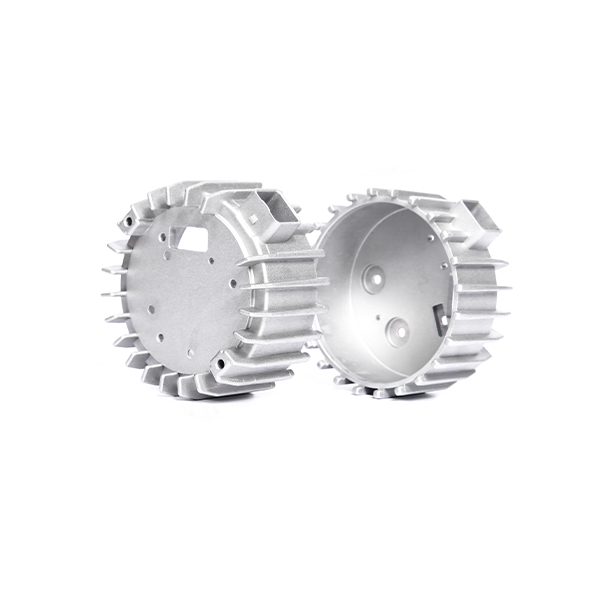Mobile:+86-311-808-126-83
Email:info@ydcastings.com
sand preparation in foundry
Sand Preparation in Foundry A Critical Process for Metal Casting
The foundry industry plays a pivotal role in manufacturing numerous metal components, and one of the most essential processes within this industry is sand preparation. Sand casting is a method that involves creating a mold from sand to produce intricate and robust metal parts. The quality of these molds significantly influences the final product's performance, making sand preparation a crucial step in the foundry process. This article delves into the intricacies of sand preparation in foundries, exploring its components, methods, and significance.
The Importance of Sand Quality
The success of sand casting relies heavily on the quality of the sand used. Foundry sand is typically a mixture that includes silica, clay, and water. Silica sand, with its fine grains, is favored due to its high melting point and ability to withstand intense heat. Clay serves as a binding agent, which aids in the mold’s integrity, while water helps modify the sand properties, ensuring optimal cohesion. The balance among these components determines the mold's effectiveness, the surface finish of the castings, and the overall efficiency of the casting process.
Sand Preparation Process
The sand preparation process consists of several crucial steps designed to ensure the sand mixture meets the specific requirements of the casting operation
1. Sand Sanding and Screening This initial stage involves cleaning the sand to remove impurities such as dirt and organic materials, which can adversely affect the casting process. Screening helps to classify the sand grains based on size, ensuring a uniform texture.
sand preparation in foundry

2. Addition of Binder and Water After screening, appropriate amounts of clay and water are mixed with the sand. This mixture forms what is known as bonded sand. The type and amount of binder used can significantly affect the mold's stability and durability.
3. Molding Once the sand mixture is ready, it is packed into molds to create cavities for casting. Various techniques, such as hand molding, machine molding, or produce molds using automation, may be employed, depending on the foundry’s requirements and production volume.
4. Quality Control Rigorous testing of the prepared sand is essential. Engineers often measure key properties such as moisture content, clay percentage, and permeability to ensure the sand will perform adequately during the casting process.
Technological Advancements
Recent advancements in technology have led to enhanced sand preparation methods. Automated sand preparation systems can provide real-time monitoring and adjustments to ensure consistent quality. Additionally, the use of recycled sand has become a popular trend, promoting sustainability in foundries. These systems not only lower operational costs but also minimize waste, thus addressing environmental concerns associated with sand casting.
Conclusion
In conclusion, sand preparation in foundries is a fundamental aspect of the metal casting process. It influences the durability, precision, and quality of the final products. As technological advancements continue to emerge, foundries are increasingly equipped to optimize their sand preparation processes, contributing to more efficient production cycles and improved casting quality. The focus on maintaining high standards in sand preparation cannot be overstated, as it ultimately determines the success of the foundry in delivering high-quality cast metal products to meet the demands of various industries.
-
Impeller Technology That Powers Precision in Pump SystemsNewsMay.22,2025
-
Valve Durability Begins with Quality Cast Iron ComponentsNewsMay.22,2025
-
Performance Cooling with Advanced Automobile Water Pump SolutionsNewsMay.22,2025
-
How Motor Housing and Oil Pans Shape Engine PerformanceNewsMay.22,2025
-
How Metal Castings Drive Modern Manufacturing EfficiencyNewsMay.22,2025
-
Exploring the Engineering Behind Valve Body CastingsNewsMay.22,2025











